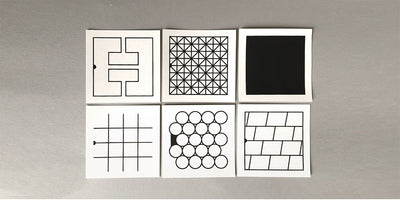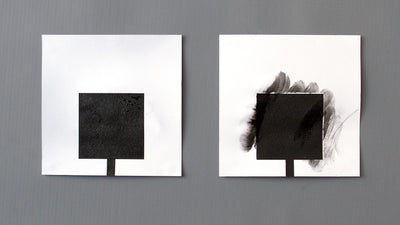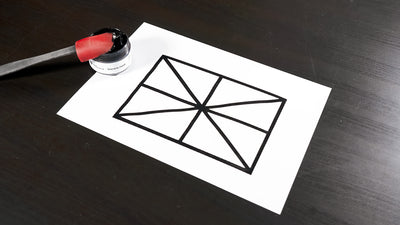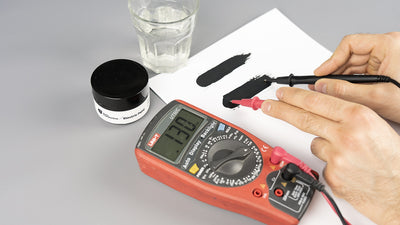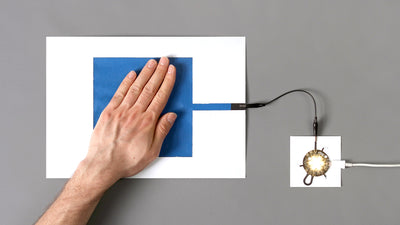Light Up LEDs With Electric Paint

Create a simple circuit to light an LED using Electric Paint as a conductor
Electric Paint is a great and fun way to connect batteries and LEDs on paper. But there are some things that you need to know when using Electric Paint in circuits. In this tutorial, we’re going to give you an overview on how to use Electric Paint with LEDs. We aren’t going to dive too deep into the science of electric circuits and LEDs, but if you would like to learn more about that, we’d recommend this excellent article. Some things to keep in mind:
- Make sure you check the voltage rating of your LEDs and battery before you begin. In this example, we are using a 5V battery to power the LEDs. Using too much power might damage the LEDs.
- Circuit not working? Make sure the Electric Paint is completely dry and that the LED and battery polarity are the right way around.
- CAUTION! Do not connect the wires of the battery together as this will cause a short circuit. This could damage your batteries or start a fire!
We love it when you share your projects! Post your project on Instagram, YouTube, or Twitter, and make sure to tag @bareconductive or use #bareconductive. You can also send your videos and photos to info@bareconductive.com so we can post them on our site for the world to see.
Step 1 LED Fundamentals
To light up an LED, it needs to be connected to a power source, for example, a battery or the digital pin from the Touch Board. When you connect the LED to a power source with a wire, you need to connect a resistor in series with the LED. This to limit the current that runs through the LED.
When you connect the LED to the battery with Electric Paint, you don’t need to add a resistor, because the paint itself is quite resistive. The resistance of the paint depends on how thick, wide and long the paint is applied. Generally, the longer the line of Electric Paint, the higher the resistance. You can find more information about the paint’s resistance here.


Step 2 Applying Electric Paint with the tube
When you apply the paint with the tube, you can work from two angles: either 90º or 45º. If you hold the tube at a 90º angle while applying, then you will get a nice thin layer of Electric Paint. If you apply the paint at an angle of 45º, you get a thicker line of paint. Thicker lines of paint are generally less resistive than the thin layer, but it takes longer to dry. To get the least resistance with Electric Paint, we’d recommend screen printing or stencilling.
On the right, we have two lines. The upper line was made with the paint applied at a 90º angle, the bottom line at a 45º angle. When the resistance is measured with a multimeter, it shows that the paint applied at a 45º angle has less resistance than the paint applied at a 90º angle. Click here to find more information about how to measure the resistance of the paint with a multimeter.

Step 3 Resistance and LEDs
The amount of resistance in the circuit matters. The larger the resistance, the less current there is for the LED. So if you draw very long lines and attach an LED at the end of the lines, then the LED might not get enough current to won’t light up.
On the right are two examples, one where there are short Electric Paint tracks and one with tracks that are three times as long. As you can see on the example with the longer tracks, the LED isn’t as bright.


Step 4 In parallel and in series
You can still connect multiple LEDs with Electric Paint, but remember that when they are connected in series or in parallel, the LEDs might not have current to light up.
As you can see in the example, the second LED in the parallel circuit doesn’t have enough current.




